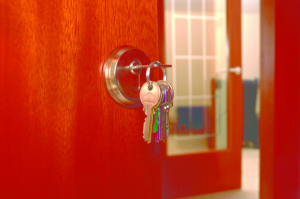Special report: Dialysis from the comfort of home
December 26, 2012

By Diana Bradley and Nancy Ryerson
Why the home-based treatment is picking up momentum
A year and a half into Rich Berkowitz’s in center dialysis treatment, he had a heart attack driving home from one of his sessions. That was when he started to look into the option of home treatment.
“My heart attack was an indication of what short, fast treatments in-center can do,” he says. “I am one of the lucky ones that lived to tell the story.”
It took Berkowitz another year and a half to change his situation, even with the support of a nephrologist who wanted to start his own home hemodialysis (HD) program. After writing to everyone in the hospital from the chairman of the board to the VP and president, his doctor eventually had to set up a joint venture with a national dialysis provider to make at-home dialysis possible. During his wait, Berkowitz says he was “literally dying.”
Berkowitz took his experience and started a small support group on the web, which quickly grew into Home Dialyzors United (HDU) – formerly NxStageUsers – a non-profit patient organization that aims to support and advocate for home dialysis. In October, the organization held its third annual Meet Up & Conference in Baltimore, Md., an event where dialyzors, care partners, nephrologists, nurses and other renal professionals come together to collaborate and learn from each other.
“There is definitely a growing interest in home dialysis, using both the HD and PD [peritoneal dialysis] treatment options,” says Maureen Lyden Green, VP of home therapies marketing for Fresenius Medical Care, a company that sells home HD machines to dialysis providers, Fitting, as this year marks the 50th anniversary of the opening of the world’s first out-of-hospital dialysis unit.
PD and HD
There are two types of dialysis: HD and PD. When the kidneys are in a state of renal failure, HD is used to remove waste products and excess water from the blood using an artificial kidney. While HD can be done at the home, it is most often performed in-clinic. PD is generally done at home and uses the patient’s peritoneum in the abdomen as a membrane across which fluids and dissolved substances are exchanged from the blood via osmosis. A permanent tube in the abdomen (the catheter) introduces a dialysis fluid that is flushed out throughout the day.
Studies show that the relative risk of death in patients on in-center HD versus PD changes over time with a lower risk for PD, especially in the first three months of dialysis. After that, the benefit from PD levels off.
|
|
|
You Must Be Logged In To Post A Comment
|
